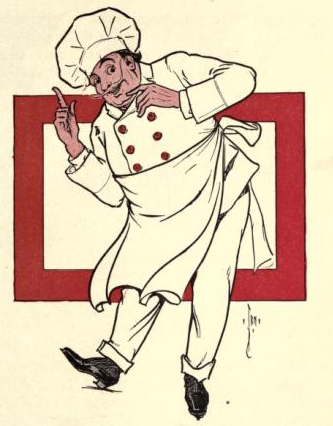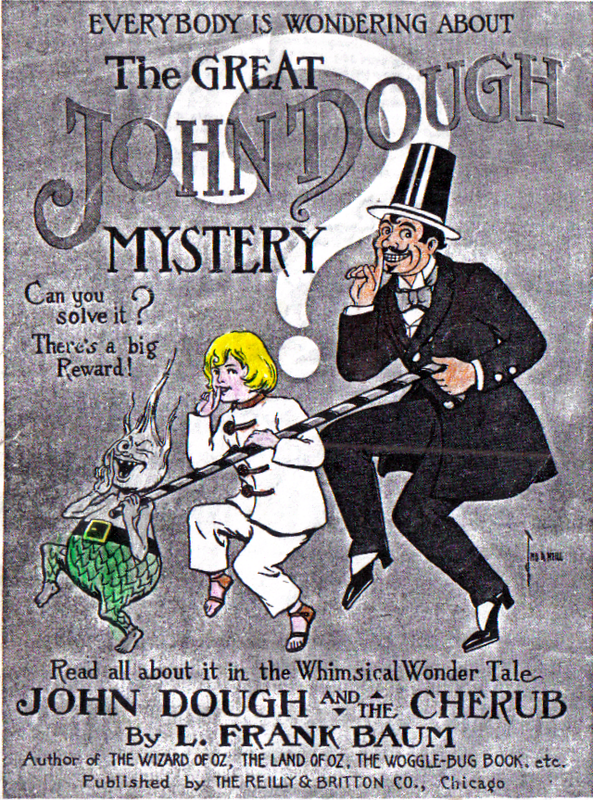Alice of Wonderland and Looking-Glass land and Dorothy Gale of Oz.
Some time back, someone mentioned that a lot of pictures of Dorothy look like they were based on Alice...


Gee, who'da thunk?
Compare the original illustrations of them...


Ah, now without the confusion of adaptation we begin to see some difference.
Really the big difference between the two is simple: Alice is British and Dorothy is American.
Now here's another one, Alice comes from a well-to-do family while Dorothy lives on a farm in Kansas.
Dorothy's origin is simple, but with Alice, I promise I'm not grabbing straws, but honestly, one could claim that Alice's family isn't "well-to-do." I base my claim on the fact that Lewis Carroll based Alice on his child-friends (as he called them), especially Alice Liddell. Seeing as Mr. Liddell was a dean at Christchurch, I'd say my claim that they were "well-to-do" is valid.
Following their family, next is upbringing.
Dorothy has definitely become a humble child. From having both of her parents dying to living on a farm in Kansas that didn't make enough to pay off the mortages (maybe even living in an orphanage), she doesn't hold her head too high. She even introduces herself to the Wizard as "Dorothy the small and meek."
In "Ozma of Oz," Dorothy does let some importance go to her head, but, subtly, Princess Langwidere brings back Dorothy's humility by locking her in the tower, where she must be rescued by her friends again. (She does get a little snippy towards the Wizard's warnings in one of the "Little Wizard Stories," but the Wizard teaches her that she should listen by pulling a rather extreme trick on her.)
Alice, however, is a snob. In a recent instant message session with Oz fan Nathan DeHoff, he agreed by saying "I remember how, in Alice in Wonderland, she didn't want to be Mabel, because Mabel was poor." We are never given many details on Alice's upbringing. One could argue that of course a seven-year old (as revealed in Through the Looking-Glass) wouldn't look far beyond material possessions when evaluating a person, but as we're comparing ages, many Oz fans place Dorothy around Alice's age.
That is not to say that Alice is not courteous. She does care for others, take for example the Duchess' baby. She tries to tell the Cook and Duchess to treat it better, and finally takes it away because "Wouldn't it be murder to leave it behind?" She can't really be blamed for not wanting to carry a pig.
Another comparison is the lands they visit. Wonderland and Looking-Glass land are both obviously dreams where very little makes sense. Alice, however, isn't really affected by her visits.
Oz (in the book) is a real place. While some natural laws have are a little different, for the most part, Oz does follow normal rules. Dorothy is affected by her journey. She has come to realize how much she needs her aunt and uncle. (I also theorize that they have come to realize how much they needed her, but as that is not directly supported by the book, I can't use it here.)
Dorothy and Alice are alike only in their ages, gender, and that they are both the main character of children's fantasy novels that, for the most part, take place in fantasy worlds. Other than that, we have two very different little girls.






